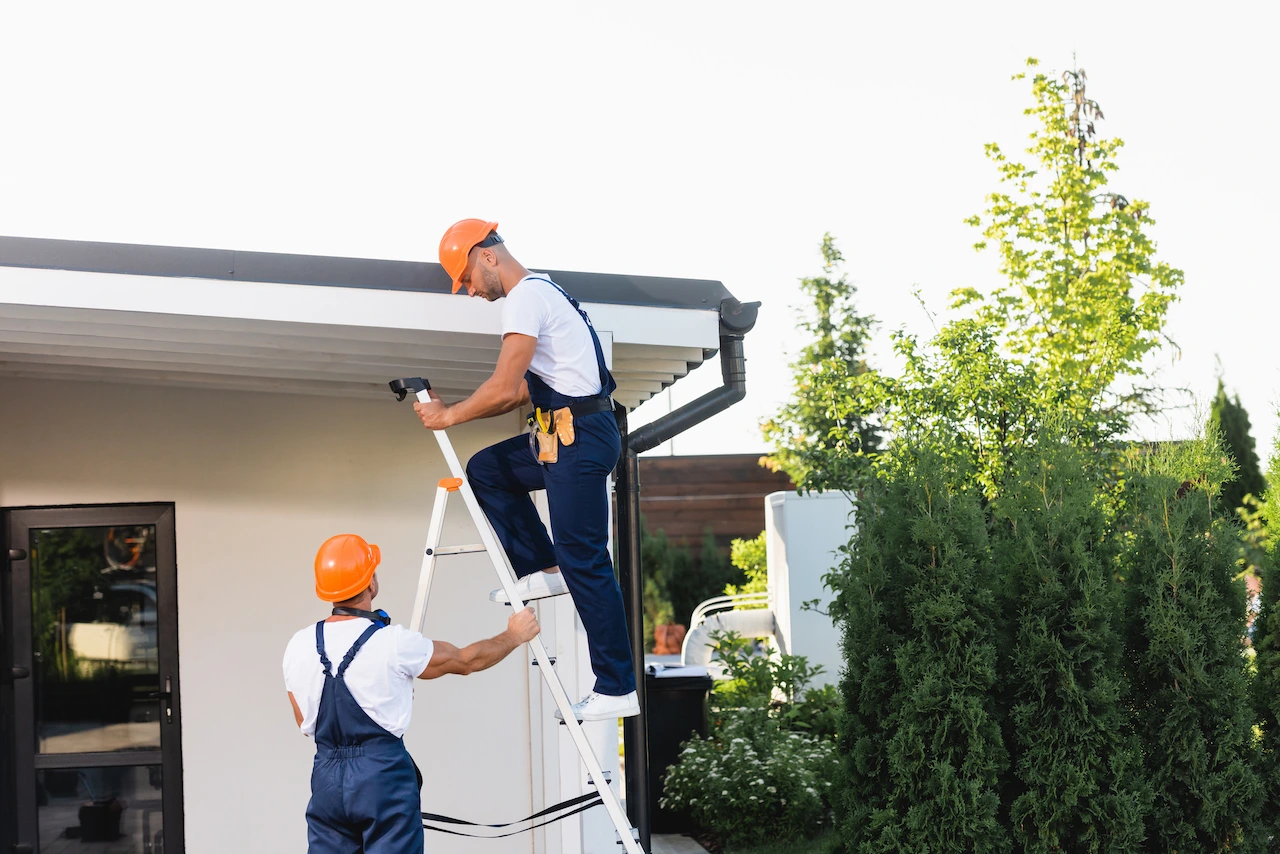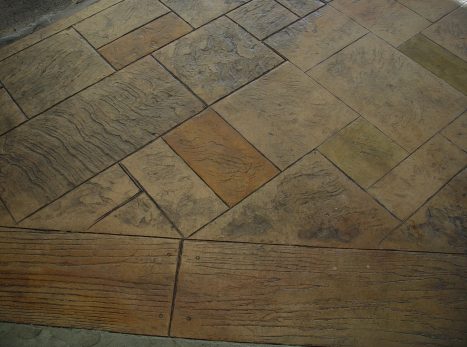It has become an all-too-familiar topic of conversation when we find that there are repeated complaints about how the color turns out after some years. The complaints may range from integrally colored concrete to stamped and textured concrete, color-hardened concrete, and stained concrete.
As a leading provider of custom concrete design in Los Angeles, we’ve observed that people claim variable colors, improper colors, spotty colors, a color that is too light, a color that is too dark, and the list is endless. It does make a lot of sense if you consider it. The major difference between decorative concrete and regular concrete is its color.
Being in the business for quite some time, we have also often found that with a gray sidewalk, patio, or driveway, there could be multiple tones of gray, discoloration, and blemishes. No one even bothers to take a second glance. Even by adding a negligible amount of color to the very same pour, the minor color differences have also ended up in a courtroom at a cost of thousands of dollars.
Surface color issues will take place irrespective of how systematically a job is planned and or executed. In this article, we’ve identified a few popular and successful remedies to rectify these color problems.
You may receive a complaint in the form of a call at the busiest time. The voice on the other end states that color is wrong, believing that color in concrete is the culprit, just like paint from a can. However, after researching the complaint, it has been found that the concrete is structurally sound, but indeed the color in some way is wrong. The customer can’t or won’t persist with it. So, what to do?
Caveat
We suggest you pause before going any further. At this crucial juncture of our little make-believe scenario, recovering the task and earning revenue or losing money hangs in the balance. Did you discuss with your concrete driveway contractors in Los Angeles in advance and put everything in writing about the possibility of color variation and how it can impact because of the natural dissimilarities of raw materials found in concrete? If yes, then you are way ahead of the game. You know the art of managing your expectations.
In case you fail to discuss these probabilities, then you are in a bad place and the possibilities are that you’re going to spend a lot on the repair work. We also respect the expectations of our customers, by staying calm and communicating that this can be fixed.
While handling surface color issues, a few key issues influence the type of repair. In this article, we’ve prepared an overview of a few of the most common concrete surface color issues and successful repair products and systems for surface color problems that we’ve witnessed in the past.
Solid-color Penetrating Stains
Solid-color stains offer 100 percent hide and are non-transparent. They are the most ideal solution for extremely severe color issues where the necessity is full coverage as well as hide. The most common of these problems are faded or acutely washed-out color, discoloration due to curing blankets, and batch-to-batch color irregularity. Yet, the major constraint is their necessity to penetrate. So, the surface being repaired has to be free of all sealers and coatings.
Translucent Penetrating Stains
A color tone is produced by this family of stains ranging from a very light color wash to semi-opaque. These types of stains are most effective on less harsh surface color issues, such as minor discoloration, minor blemishes, and minor surface contamination where significant hide from the underlying color isn’t needed. Moreover, they work well if the desired result is some sort of marbling or variegation. The most common of these products are water- and alcohol-based acrylic stains, acid stains, and dyes. Here also, the major constraint is their necessity to penetrate. So, the surface being repaired has to be free of all sealers and coatings.
Highlighting Tints and Washes
Categorically, these products are meant for the repair of stamped or textured concrete. All of them function on the same principle. A nonreactive colorant is suspended in a liquid carrier, preferably water. If applied to textured or stamped concrete, the colored water tries to find the low areas of the surface, consolidating the color in those areas. The liquid evaporates, leaving the color behind. These color washes don’t bond with the concrete and need a sealer for locking them into place. Their major constraint is insufficient depth of color. They’re meant to alter or further accent highlights, not transform the main color of the concrete. Overapplication may lead to the additional color being used as a bond breaker while applying the sealer.
Tinted or Colored Sealers
This procedure of coloring concrete varies from stains in that a film or membrane carries the color. They may vary from extremely translucent to non-transparent. The application of colored sealers is common for repairs if a sealer already exists to eliminate the capacity to utilize penetrating stains. Based on the product used, they can be applied almost instantly after the concrete is positioned. Moreover, they tend to have a lower price point than other repair products.
Toppings
If a stain or sealer with color proves futile, the nuclear option is a topping. If the color or surface is so poor that it necessitates a new concrete surface, then micro toppings are the option of last resort. We generally apply these thin polymer-modified coatings if the concrete gets damaged or contaminated to a point where stains or colored sealers won’t work. Construction paint, graffiti, oil, and grease are the commonest of these contaminants. The major constraint would be the preparation needed before application as the surface must have a particular profile for suitable adhesion. Additionally, they tend to be expensive when compared with the other options.
Conclusion
It’s never good if problems occur. However, with these repair options, you can now solve the issue with our help. Before any flooring service in Los Angeles, we ask the customer about the final look they’re seeking; is it the natural-stone appearance of stamped concrete or the solid-color appearance of integrally colored concrete? Our team communicates how big the repair will be. It could be small random spots or a thousand square feet of the continuous slab. What type of performance do you expect? Remember that no repair isn’t as good as the original. Get in touch with us today to know more about the type of maintenance that is acceptable.



